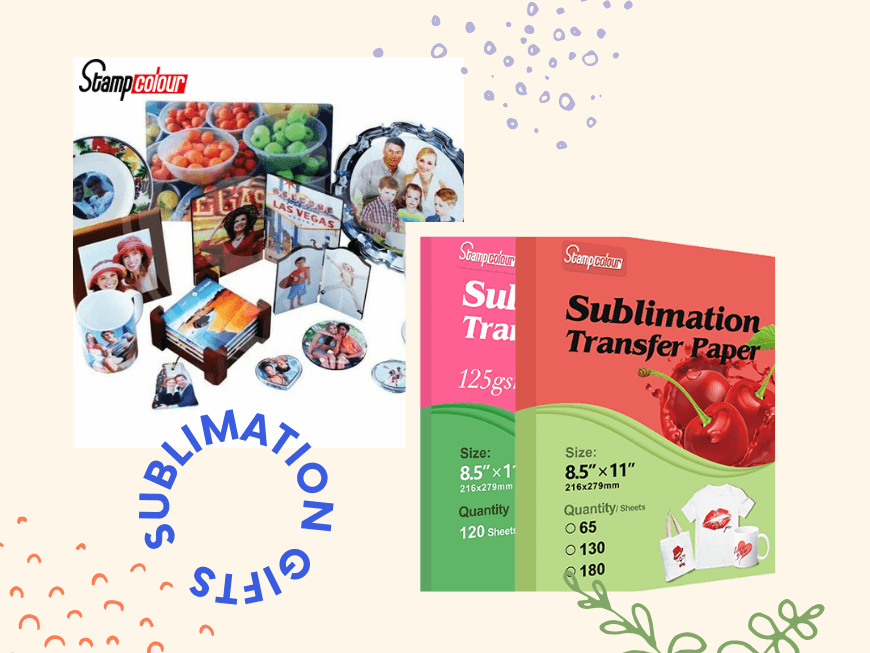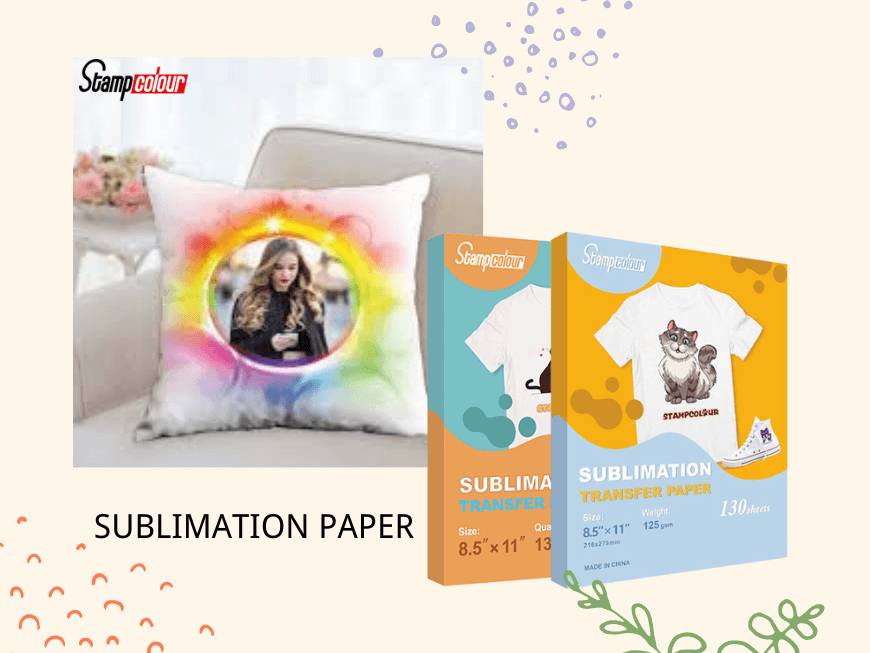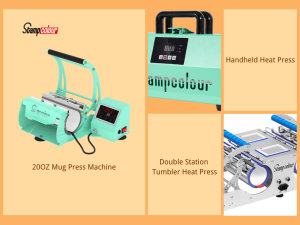Sublimation paper and heat transfer paper are two commonly used materials in the process of transferring designs onto fabrics or other substrates. Although they both serve a similar purpose, they are not the same thing. In this blog post, we will explore the differences between sublimation paper and heat transfer paper, and help you decide which one is best for your specific needs.
What is Sublimation Paper?
Sublimation paper is a special type of paper that is used in a printing process called dye-sublimation. This process involves printing a design onto the sublimation paper using a special ink, and then transferring the design onto a substrate using heat and pressure.

The sublimation ink used in this process is a unique type of ink that turns from a solid to a gas when exposed to heat. The gas then penetrates the surface of the substrate and bonds with the fibers to create a permanent image. Sublimation paper is designed to hold the sublimation ink in place during the printing process and release it during the transfer process.
Sublimation paper is typically used to transfer designs onto fabrics such as polyester, but can also be used on other substrates such as ceramics, metal, and plastics. The final result is a high-quality, full-color image that is both vibrant and durable.
What is Heat Transfer Paper?
Heat transfer paper, on the other hand, is a type of paper that is used to transfer designs onto fabrics or other substrates using heat and pressure. Unlike sublimation paper, heat transfer paper does not require a special ink or printing process.

To use heat transfer paper, you first print your design onto the paper using a standard inkjet or laser printer. The design is then cut out and placed onto the fabric or substrate. Heat and pressure are applied to the paper, causing the ink to transfer from the paper to the fabric or substrate, creating a permanent image.
Heat transfer paper is commonly used to transfer designs onto fabrics such as cotton or blends, and can also be used on other substrates such as ceramics, metal, and wood. The final result is a high-quality image that is not as vibrant as sublimation but is still durable and long-lasting.
What Are the Differences Between Sublimation Paper and Heat Transfer Paper?
While both sublimation paper and heat transfer paper are used to transfer designs onto fabrics or other substrates, there are several key differences between the two.
In terms of image quality, sublimation paper produces a more vibrant and durable image than heat transfer paper. This is due to the unique properties of sublimation ink, which bonds with the fibers of the substrate to create a permanent image. Heat transfer paper, on the other hand, creates a more muted image that is not as durable as sublimation.

Another key difference between sublimation paper and heat transfer paper is the type of substrate they can be used on. Sublimation paper is typically used on polyester or polyester-coated substrates, while heat transfer paper can be used on a wider range of fabrics and substrates, including cotton and blends.
Cost is another factor to consider when choosing between sublimation paper and heat transfer paper. Sublimation paper can be more expensive than heat transfer paper, especially when you factor in the cost of a sublimation printer and special sublimation ink. Heat transfer paper, on the other hand, is relatively inexpensive and can be used with a standard inkjet or laser printer.
Which Should You Choose?
The choice between sublimation paper and heat transfer paper ultimately depends on your specific needs and preferences. If you are looking for the highest quality, most vibrant, and durable images, sublimation paper is the way to go. However, if you are on a budget and looking for a more versatile option,heat transfer paper is your best choice.





